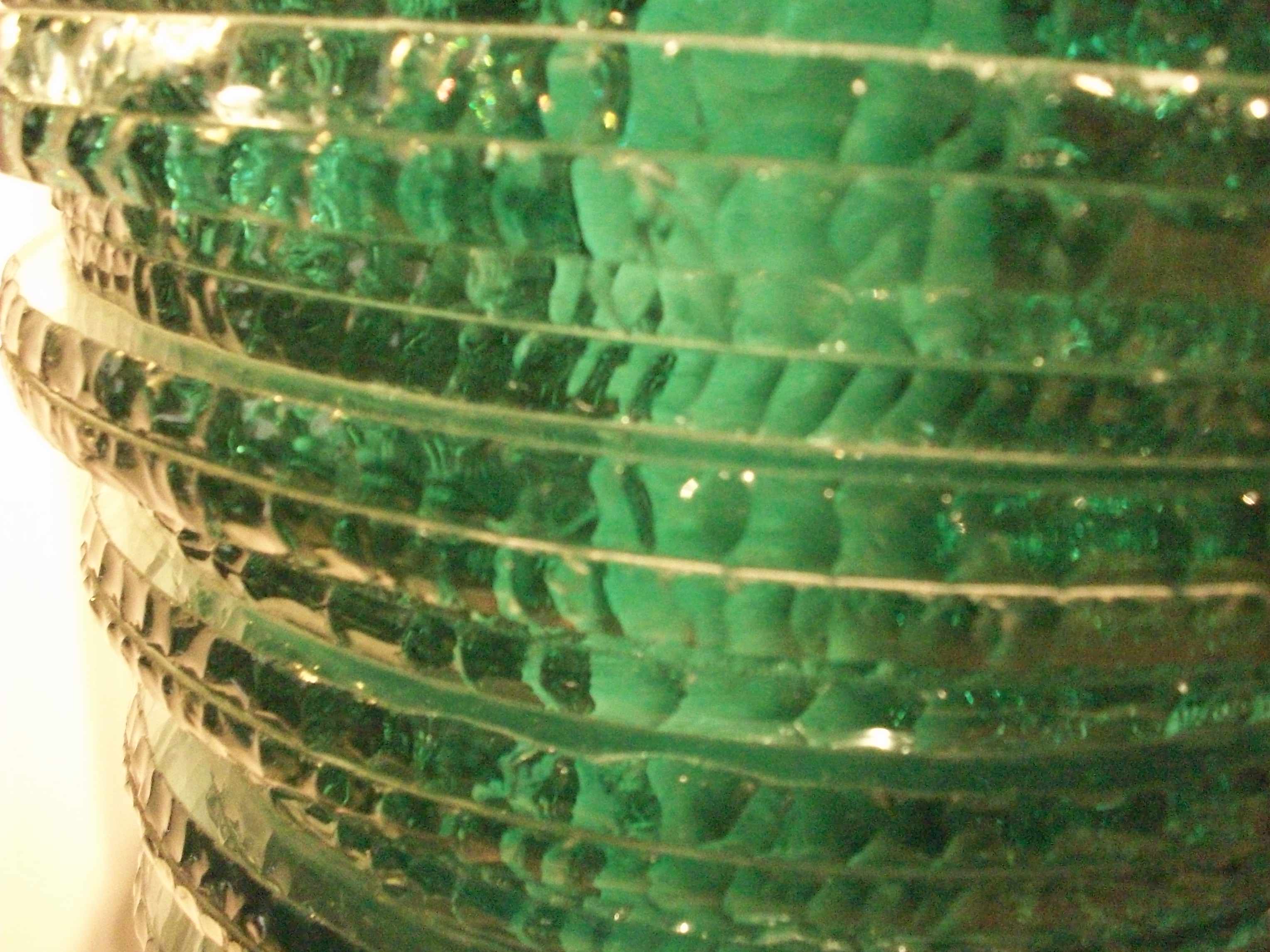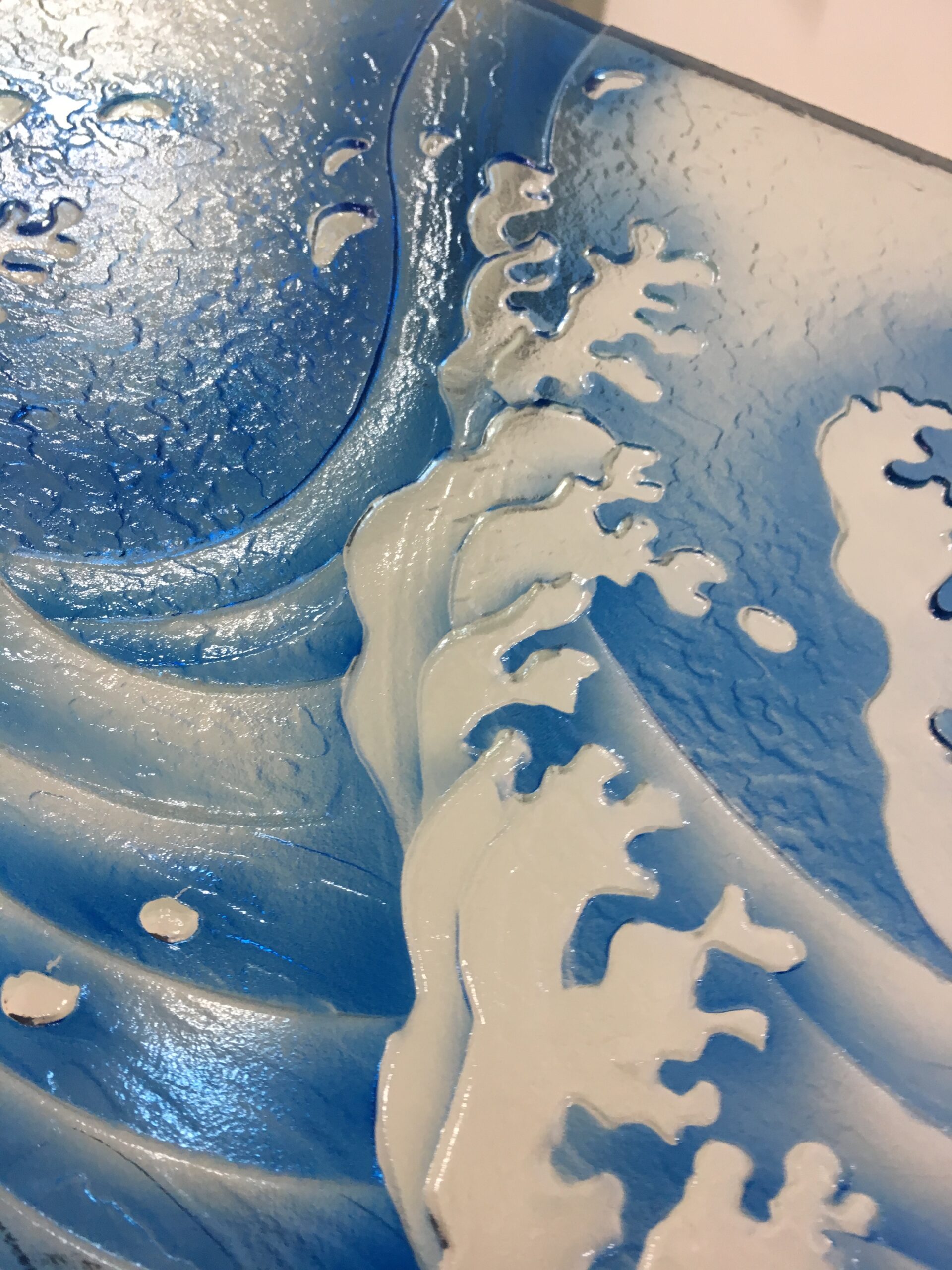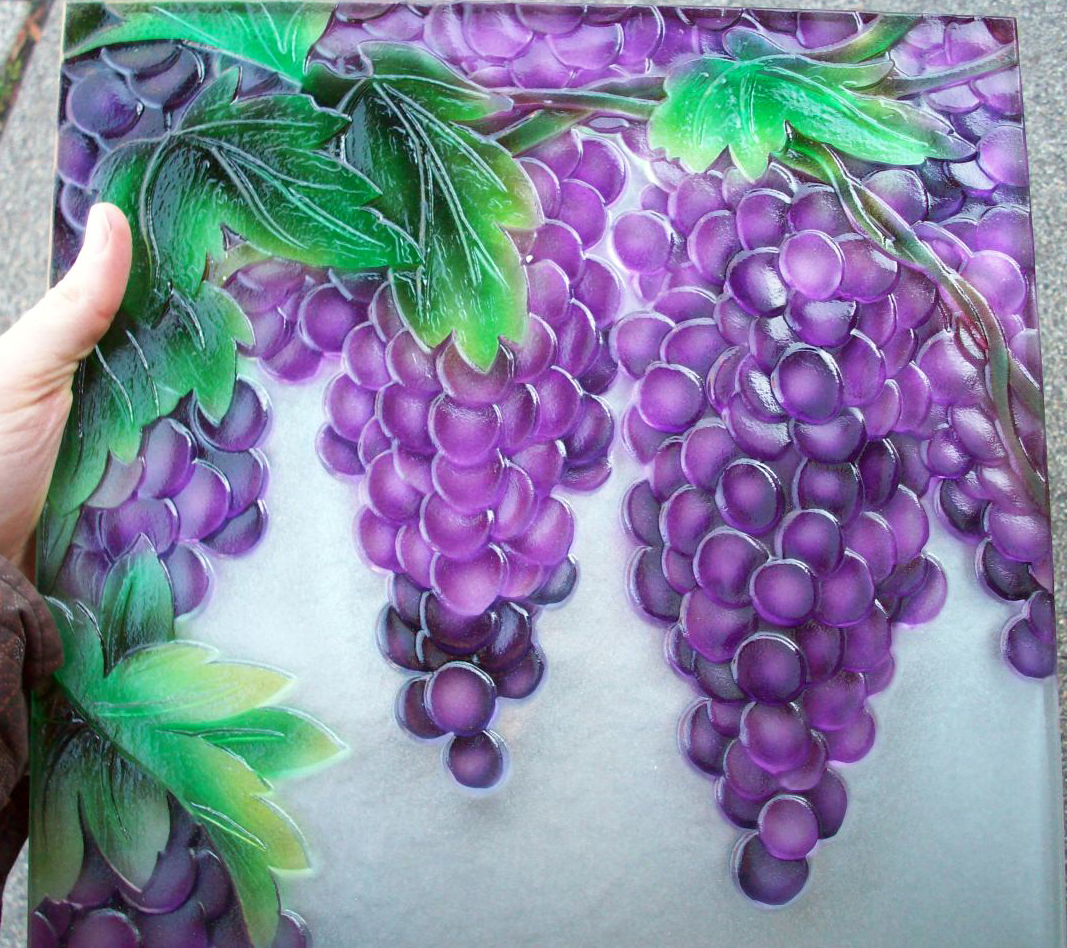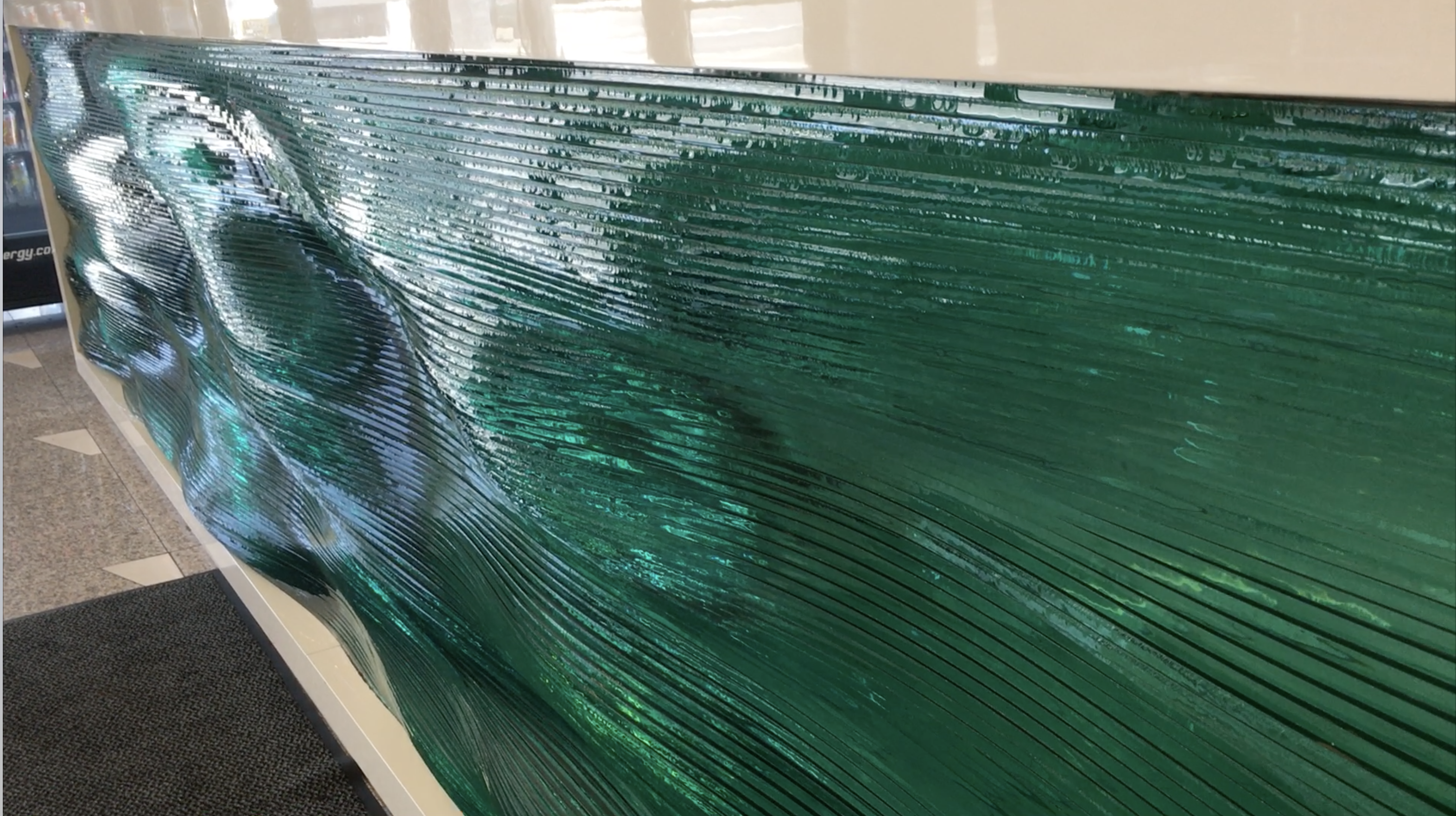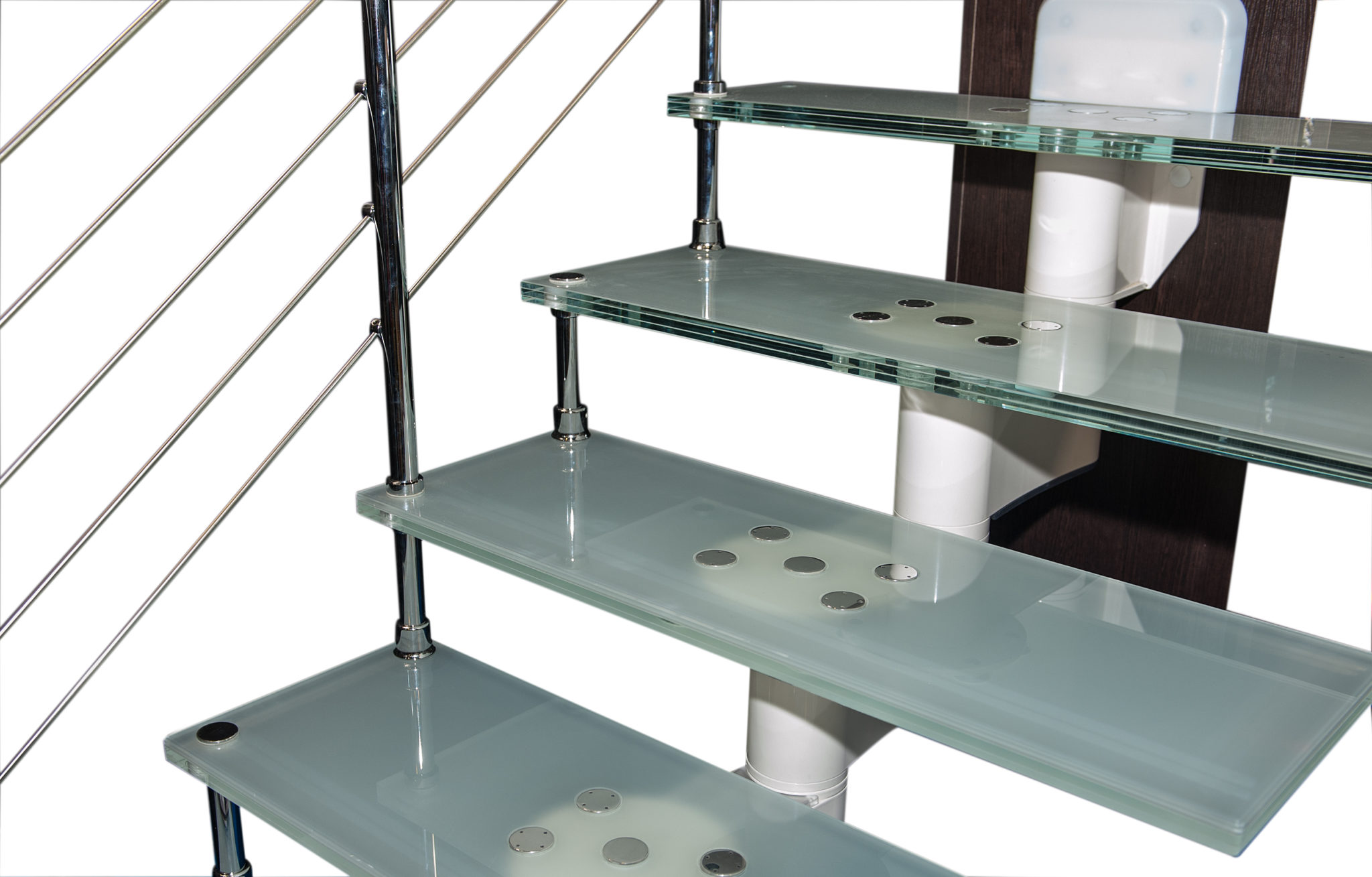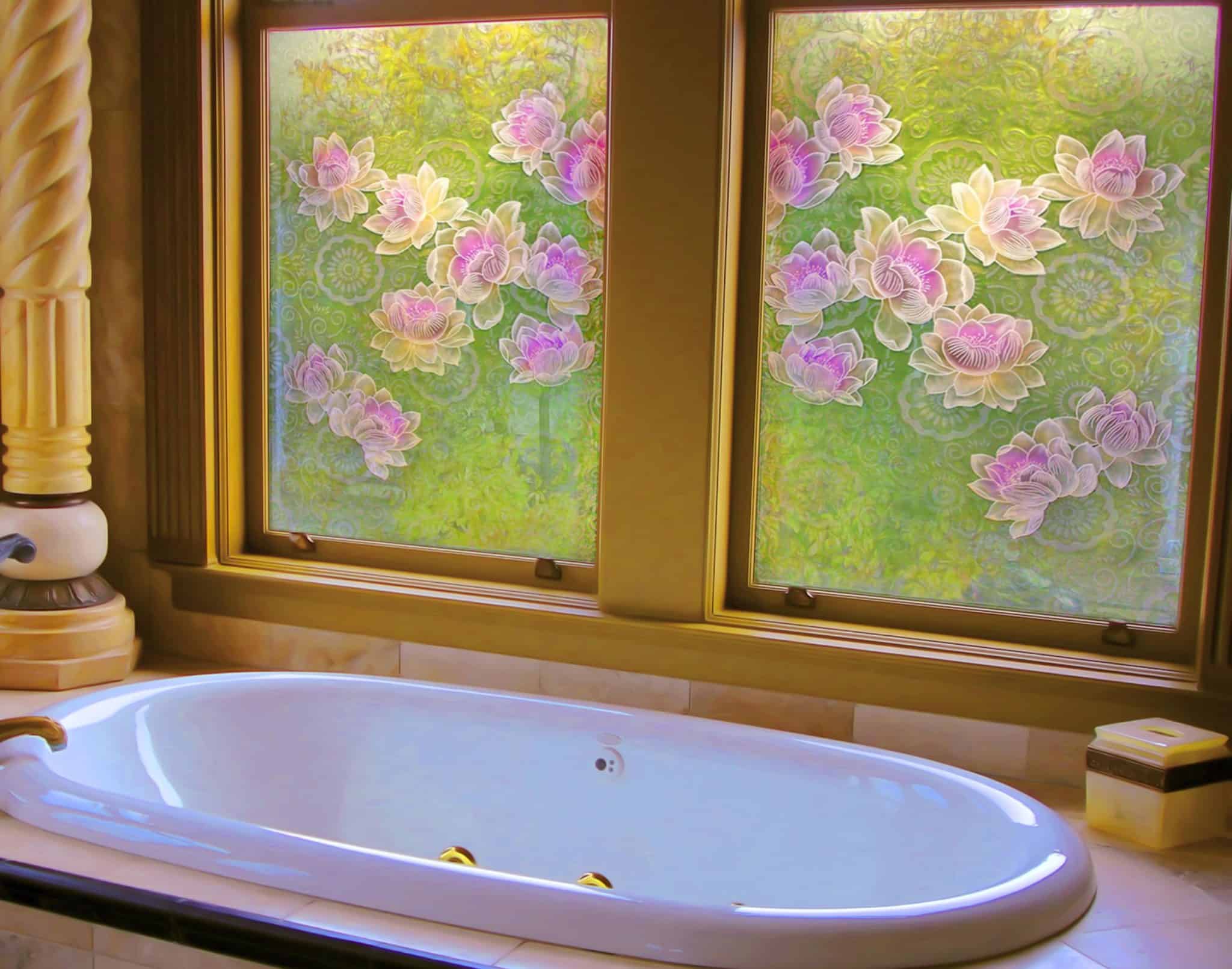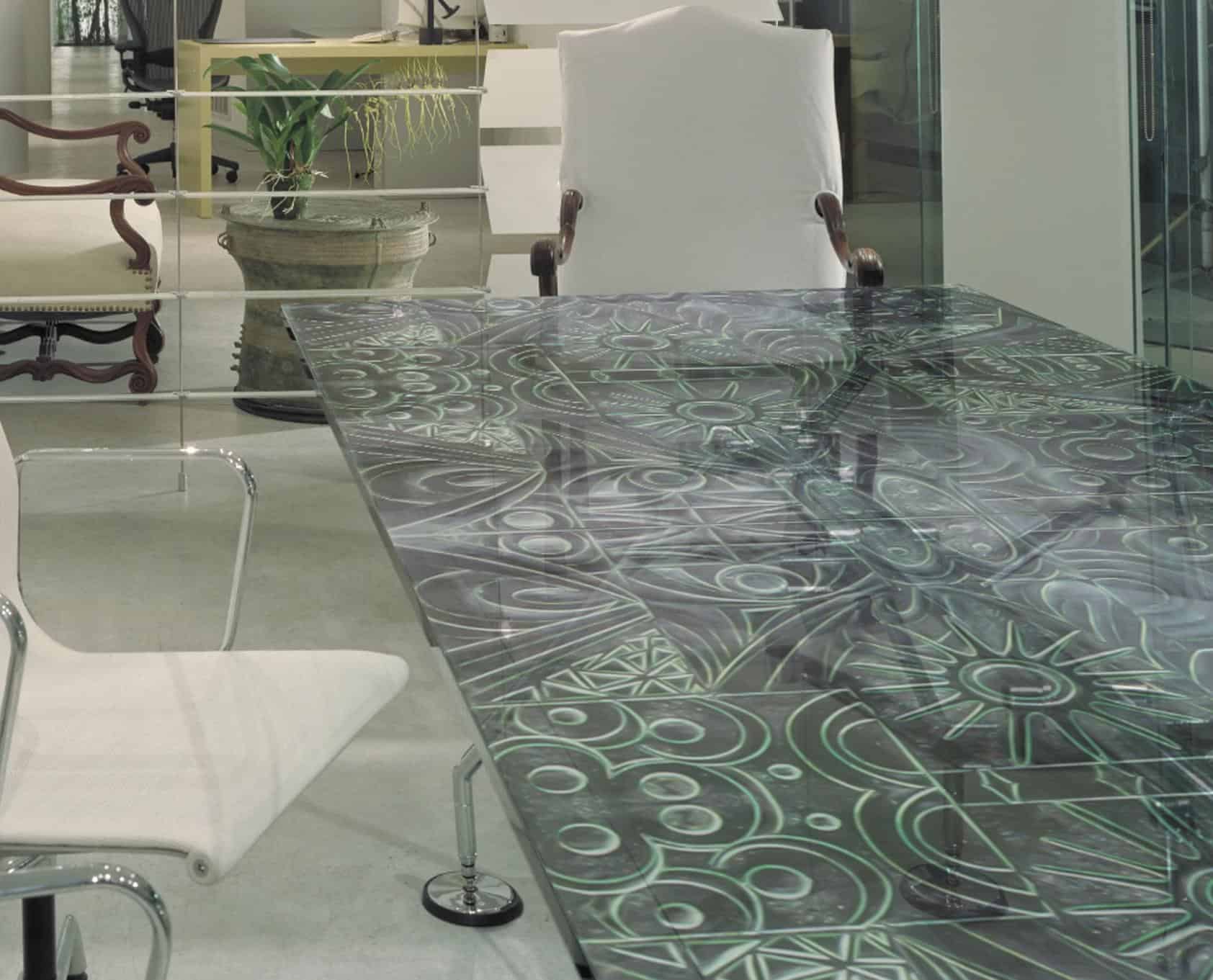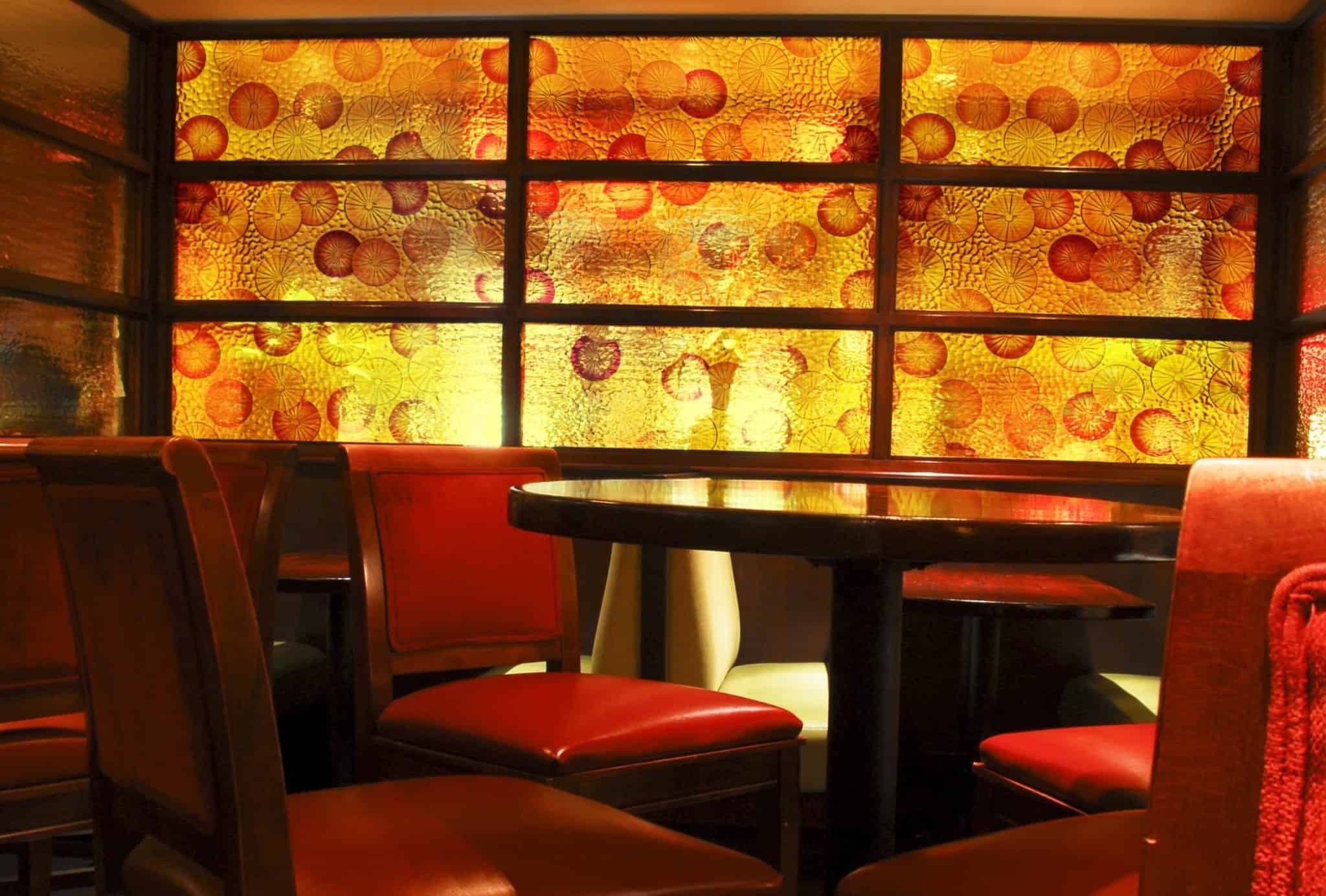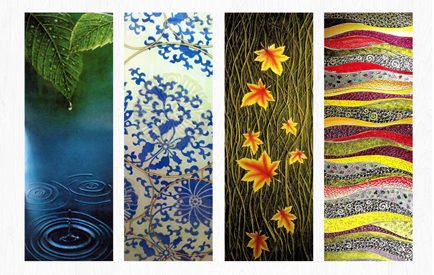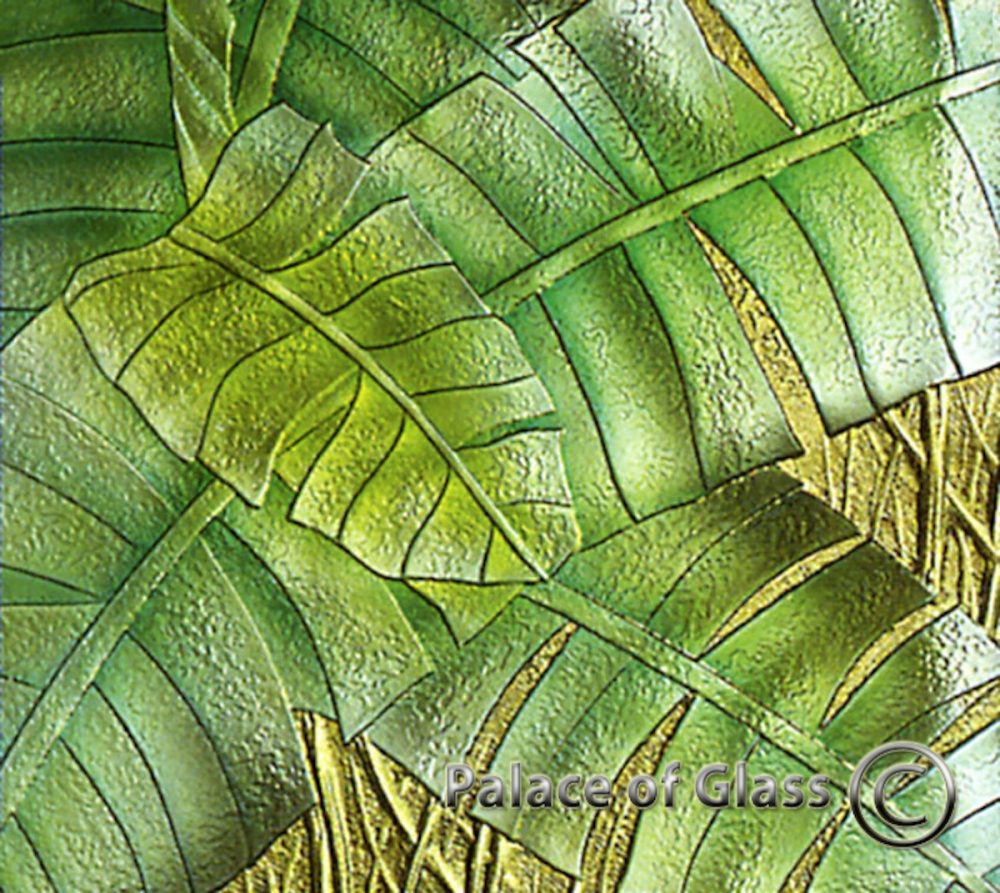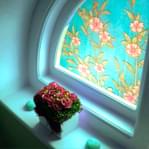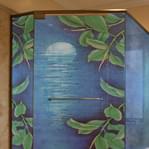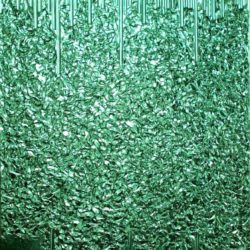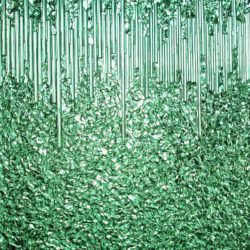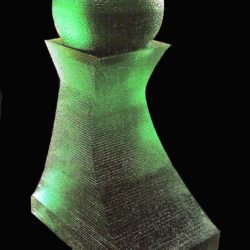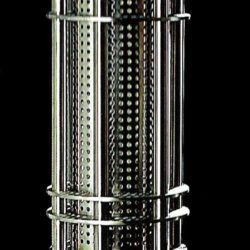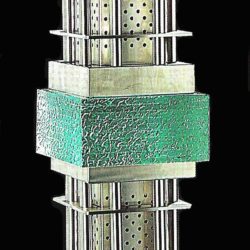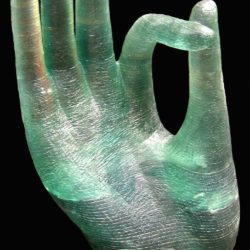Textured Glass Types I Stacked Carved Acid Etched I Decorative Glass
$1.00
Description
Transforming Spaces with Textured Glass: A Trend in Interior Design
In the world of interior design, the use of custom glass elements and accents has surged in popularity, with innovative textured glass types and styles leading the way as a dynamic trend. This comprehensive article explores the ascent of custom glass features and the appeal of textured glass as a quick solution to infuse personality and branding into spaces.
The Evolution of Textured Glass Types in Interior Design
Custom glass elements and accents have revolutionized interior design by offering a versatile and visually stunning medium. Glass has emerged as a transformative force in interior spaces for several compelling reasons:
- Aesthetic Versatility: Glass provides a blank canvas for designers to realize their creative vision. It can be shaped, textured, and customized to achieve an array of aesthetics, from minimalistic elegance to intricate opulence.
- Natural Light Enhancement: Glass’s inherent transparency allows it to harness and diffuse natural light, creating an open and airy atmosphere. This characteristic makes it a crucial element in spaces where illumination is essential.
- Sense of Space: Glass promotes a sense of space and continuity. Its seamless integration into a design can make rooms feel more expansive and interconnected, enhancing the overall flow of a space.
- Customization Potential: Glass can be customized with various techniques, including texturing, etching, and coloring, to achieve specific design goals. This flexibility allows for a wide range of creative possibilities.
- Brand Identity: textured glass types provide an ideal canvas for branding elements, enabling businesses and organizations to reinforce their identity and create memorable spaces that align with their values.
The Textured Glass Phenomenon
Among the diverse applications of custom glass elements, custom and textured glass types emerged as a trendsetter. It serves as a dynamic solution to infuse personality and branding into spaces. Textured glass encompasses a variety of techniques and styles, including but not limited to:
- Stacked Glass: Stacked glass involves layering individual sheets of glass to create depth and texture. This technique not only adds visual intrigue but also provides structural support. Stacked glass is often seen in tabletops, partitions, and decorative elements.
- Acid Etching: Acid etching is a process where acid is used to create a frosted, matte appearance on the glass surface. It is an effective way to combine aesthetics with privacy, making it a popular choice for shower enclosures, office partitions, and decorative panels.
- Sandblasting: Sandblasting employs abrasive materials and high-pressure air to create a textured or frosted surface on the glass. This technique allows for a wide range of designs and patterns, making it suitable for signage, interior windows, and decorative features.
- Glue Chipping: Glue chipping entails applying and then removing a layer of glue from the glass surface, pulling shards of glass with it. This process creates intricate patterns that resemble frost or ice, making glue chipped glass a unique choice for decorative doors and windows.
The Appeal of Custom Glass
Textured glass’s growing popularity can be attributed to several key factors:
- Unique Aesthetics: Textured glass adds dimension and intrigue to spaces, transforming them into visually captivating environments. Its unique textures and patterns become focal points that draw attention and admiration.
- Privacy and Light Play: Many textured glass techniques strike a perfect balance between privacy and natural light. They obscure views while allowing light to filter through, creating a pleasant and harmonious ambiance.
- Brand Reinforcement: Businesses and organizations are increasingly using textured glass types to reinforce their brand identity. Logos, patterns, or textures can be incorporated, creating a signature design element that leaves a lasting impression.
- Quick and Effective: Textured glass offers a rapid solution to alter the atmosphere of a space. It can be seamlessly integrated into existing designs or serve as the foundation for entirely new ones, making it an efficient choice for designers and architects.
- Versatility: Textured glass is versatile, fitting seamlessly into various interior design styles, from contemporary to traditional. Its adaptability ensures that it can be incorporated into a wide range of projects.
Textured Glass Applications
Textured glass finds application in diverse settings and serves multiple purposes:
- Hospitality: In hotels and restaurants, textured glass partitions, doors, and decorative elements create an inviting atmosphere while enhancing privacy and elegance.
- Corporate Environments: Textured glass is used in office spaces to establish private meeting areas, define workspaces, and promote brand identity through customized elements.
- Residential Design: In homes, textured glass windows, shower enclosures, and decorative panels bring sophistication, privacy, and natural light to interiors.
- Retail Spaces: Textured glass is a popular choice for storefronts and display cases, combining branding with visual appeal to engage customers.
- Healthcare Facilities: In healthcare settings, textured glass partitions maintain privacy in waiting areas and enhance patient rooms with a soothing ambiance.
A Glimpse at the Future
As interior design trends continue to evolve, the allure of textured glass remains steadfast. Its capacity to transform spaces, enhance aesthetics, and reflect brand identity ensures that it will play a pivotal role in the design landscape.
In a world where customization and individuality are highly valued, textured glass types offer a versatile medium for designers to leave their mark on the spaces they create. Whether it’s through stacked glass, acid etching, sandblasting, or glue chipping, textured glass allows for endless creative expression.
The trend of using custom glass elements and accents, particularly textured glass, has redefined interior design by placing artistic and functional possibilities at the forefront. As designers, architects, and businesses continue to embrace this trend, textured glass is poised to shape the interior design landscape for years to come.
